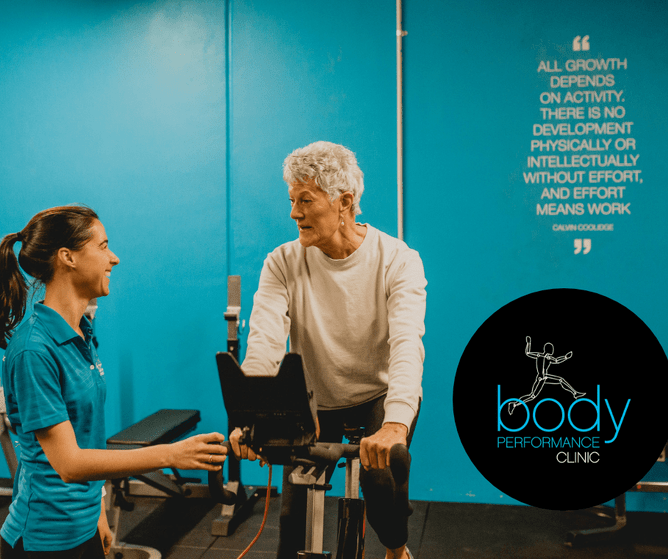With the creation of more cycle-friendly towns, mountain bike trails and touring routes, cycling has become a much-loved sport and pastime for many New Zealanders. It is also an amazing form of exercise, with different options of cycling to suit anyone from your weekend cruise to the cafe to the hard core sprinters on the track and adrenaline junkies taking on the downhill trails!
Cycling also plays a huge part in the rehabilitation process of many injuries especially at the knee, hip, and ankle. It is a great alternative to weightbearing sports such as running and an important part of strengthening in the offseason for snow and water sports too. Cycling is a non-weightbearing sport that allows people to get out and enjoy moving again and for the most part can be enjoyed without pain!
However, like any sport, niggles can pop up when you're cycling most often around the lower back, hips, knees, and neck. Sometimes accidents do happen, and falls or crashes may result in shoulder, wrist and head injuries as well as bruises, scrapes and sometimes broken bones.
So how can you help youself to avoid getting some of these annoying niggles and injuries?
1. Equipment:
Invest in a good pair of bike shorts with a high quality chamois. The most comfortable riders will always look after their saddle area with good chamois cream (hit up your local bike shop for a pot) as well as making sure their cycle shorts are firm fitting... and they don't wear underwear!
2. Bike set up:
If you're doing all the above and still can't tolerate sitting on the saddle for more than 30 minutes then it's time to think about your bike set up. Do you have a saddle that fits your pelvis width and shape? Often soft saddles or gel pads just cause more problems than they prevent so shop around and if possible, try before you buy!
Make sure your bike frame is the right size for your body. Getting your saddle height perfect is the next step, make sure you have a small bend in the knee at the bottom of the pedal stroke and your pelvis is in a neutral position at either ends of the stroke. You should be in a position where your hips should stay still side to side if someone was looking at you from behind.
You should be aiming to have a neutral spine, where if someone was looking from the side, they could trace a straight line from your lower back all the way up to your neck. Saddle position forwards and back and handlebar height and reach all influence this. You want to have your arms just below shoulder height (90 degrees), and elbows slightly bent. If the saddle and handlebars are too far away from each other, you'll often have your arms straight and shoulders up around your ears. Whereas if they are too close together, you'll likely have a curve in your lower back and feel like you're trying to push your handlebars away from you with lots of pressure through your hands.
There are other more complex things that we can talk about including your shoe position, crank length, bar width and height but please get in touch with your local bike fitter or discuss with a cycling physio for more information
3. Training Load:
This is a very important aspect to consider for those that are new to the sport or those who haven't been riding for a few years. Because it's not weightbearing, people can often do too much too soon and overload their muscles, joints, and tendons without doing any conditioning beforehand to build strength and endurance to maintain a strong cycling position. Having a few simple home exercises to build core and leg strength before you ride will help you in the long run.
4. Bike Skills:
Knowing how to use your bike, being aware of when to change gears, brake, handle corners, and change positions for climbing and descending can also be helpful to put you in the strongest position and take stress off more vulnerable areas of the body. Gears are a common area that people get told to do different things with. If you are new to cycling, then it is much better to try and work on spinning your legs at a higher cadence (80-95rpm) on the flat without your weight shifting on the saddle, and somewhere between 70-80rpm on the hills. Pushing a gear that is too hard for too long puts unaccustomed pressure through the knees and if your core and hips aren’t strong enough your knees, ankles, and back can during the pedal stroke.
5. Prevention is better than cure:
If you are starting out with cycling and planning on riding often it is good to have an idea of your strength and flexibility as well as whether any previous injuries will impact on your ability to enjoy cycling. Being on a bike is an unusual position to be in for long periods of time and like most sports it requires some work on strength and mobility to help keep us injury-free!
At BPC we offer a cycling specific physiotherapy session that can cover anything that you are concerned about including your position on the bike, strength measurements, and stretches or mobility exercises to help increase your comfort and performance on the bike. We are more than happy to also discuss training principles and how to monitor your cycling load.


